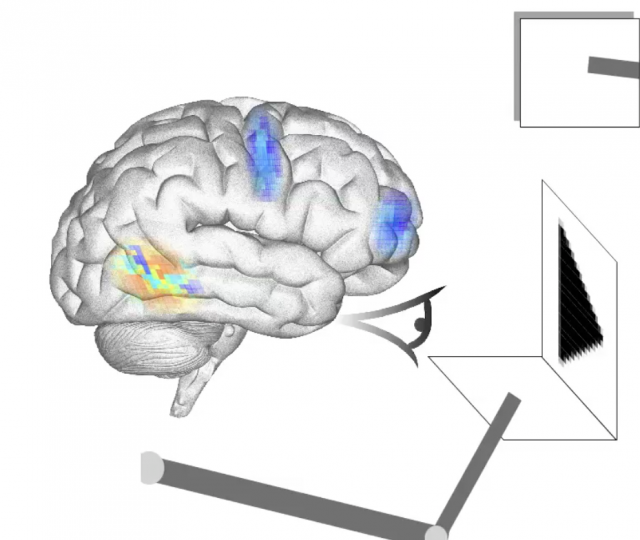Model brain with 2.5 million neurons configures itself to solve problems
Ars Technica » Scientific Method 2012-11-30

Over the last few years, the meteoric rise of computing power has allowed us to build ever-larger collections of model neurons. Often, these models have been announced with a certain degree of hype, promising performance equivalent to that of an actual animal. In reality, simply throwing more silicon neurons at a problem hasn't brought us much closer to either understanding how the brain works or getting brain-like performance out of our computers.
In a paper published in yesterday's Science, researchers report on a new machine called (perhaps unfortunately) SPAUN, which reinforces the critical role that architecture can play in getting brain-like performance. All told, SPAUN makes do with "only" 2.5 million neurons, but it has them arranged in a specific collection of functional units with populations of neurons dedicated to things like working memory and information decoding. Although SPAUN isn't as flexible as a real brain, it handles a number of tasks about as well as actual humans.
Computers operate in binary, through huge collections of switches that can be in either "on" or "off" states. Real neurons simply can't operate the same way. Although they can have spikes of activity where a voltage change propagates down the cell body, that voltage change is transient—things quickly return to their ground state. Instead, neurons convey information through the pattern and timing of the spikes they create.
Read 11 remaining paragraphs | Comments